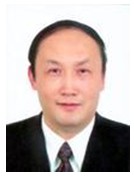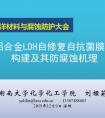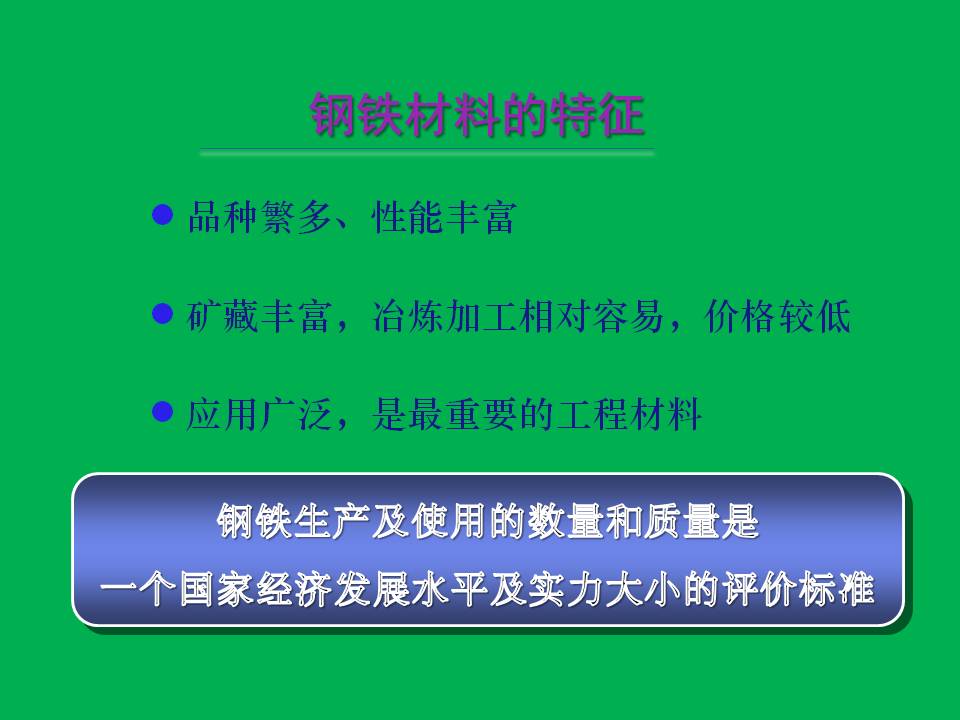楊衛(wèi),中國科學(xué)院院士。1954年生于北京市,祖籍湖南瀏陽,1969年1月參加工作,1976年5月加入中國共產(chǎn)黨。1976年畢業(yè)于西北工業(yè)大學(xué),1981年在清華大學(xué)獲碩士學(xué)位,1985年在美國布朗大學(xué)獲博士學(xué)位,固體力學(xué)專家,教授,2003年當(dāng)選中國科學(xué)院院士,2006年8月起任浙江大學(xué)校長至今。長期從事宏微觀斷裂力學(xué)、細(xì)觀與納米力學(xué)、力電耦合失效等領(lǐng)域的研究。出版了一系列論著。其中《細(xì)觀塑性力學(xué)及其應(yīng)用》和《力電失效學(xué):電致失效,力電耦合,區(qū)位轉(zhuǎn)換,質(zhì)流失穩(wěn)》為Springer出版社出版。在斷裂力學(xué)研究中,得到準(zhǔn)三維裂紋尖端場(chǎng)的解析解,證明界面裂紋擴(kuò)展可能超越下瑞利波,激發(fā)了超高速界面斷裂的研究。在細(xì)觀與納觀力學(xué)研究中提出細(xì)觀塑性理論。發(fā)展了連續(xù)介質(zhì)力學(xué)與分子動(dòng)力學(xué)之間的跨層次算法,并模擬了從裂尖發(fā)射的原子點(diǎn)陣位錯(cuò)運(yùn)行轉(zhuǎn)變?yōu)檫B續(xù)介質(zhì)位錯(cuò)群的現(xiàn)象。提出準(zhǔn)解理斷裂理論,解釋了裂紋鈍化后再出現(xiàn)解理的現(xiàn)象。提出電致斷裂的非線性力學(xué)機(jī)理模型、疇變?cè)鲰g模型以及疇變電致疲勞模型,可用于計(jì)算電場(chǎng)循環(huán)的裂紋擴(kuò)展量,提出電致質(zhì)流失穩(wěn)模型。

納米晶體與石墨烯的斷裂
楊衛(wèi)/ 浙江大學(xué)
利用原位拉伸手段,我們系統(tǒng)研究了二維納晶金屬薄膜和石墨烯的斷裂和變形行為。對(duì)納晶金屬薄膜的斷裂過程原位實(shí)驗(yàn)研究揭示了原子遷移在其中的重要作用,裂紋擴(kuò)展通過原子臺(tái)階的不斷形成和遷移,其驅(qū)動(dòng)力由裂尖應(yīng)變能提供。實(shí)驗(yàn)發(fā)現(xiàn)裂尖鈍化形成的楔形結(jié)構(gòu)由晶粒取向決定,楔角的大小決定了裂紋擴(kuò)展的難易程度。在特定晶界結(jié)構(gòu)下,裂紋會(huì)發(fā)生向晶內(nèi)擴(kuò)展的情況。在對(duì)納米金薄膜變形機(jī)制研究中,發(fā)現(xiàn)拉伸過程中形成金納米條帶的變形機(jī)制與晶體取向有密切關(guān)系。<001>方向拉伸過程中,滑移是主要的形變機(jī)制; <110>方向上的拉伸過程中,形變孿晶主導(dǎo)了金納米條帶的塑性形變;<112>方向上的拉伸過程中觀察到了原子臺(tái)階沿表面遷移造成的層層剝落方式的斷裂機(jī)制。對(duì)石墨烯斷裂的原位實(shí)驗(yàn)研究揭示應(yīng)變集中在裂尖幾個(gè)原子的尺度內(nèi),C-C鍵沿Zigzag邊界上依次斷裂。在斷裂過程中,沒有看到擴(kuò)展的缺陷,如5-7結(jié)構(gòu),表明石墨烯的脆性斷裂特點(diǎn)。
A Pre-cracked Parallel-plate capacitor Model for Fracture of a Dielectric Material under Mechanical and/or Electric Loading
Tong-Yi Zhang and Tao Xie
Department of Mechanical Engineering, Hong Kong University of Science and Technology
A pre-cracked parallel-plate capacitor model is developed in the present work to study the effect of electrostatic tractions on the fracture behavior of a dielectric material under mechanical and/or electric loading. The capacitor is made of isotropic dielectric material with rigid electrodes coherently bonded on the capacitor surfaces and the crack interior is air or vacuum. The mechanical and electric loading is implemented by applying mechanical displacement and electric voltage. This ideal model allows us to study analytically electrostatic tractions, deformation, and energy release rate. The analysis indicates that electrostatic tractions on the electrodes compress the material in front of the crack tip, while electrostatic tractions on the crack faces have the tendency to close the crack and stretch the material behind the crack tip. As a result, there exists a threshold of applied mechanical load to open the crack and the threshold mechanical load increases with the increase of applied electric field. An applied electric field impedes crack propagation, whereas applied mechanical load tends to propagate the crack. The applied electric field will play a more significant role in the fracture behavior, if the dielectric constant is higher and/or the mechanical fracture toughness of the material in terms of the critical energy release rate is lower.
-
標(biāo)簽: 第十六屆全國疲勞與斷裂大會(huì), 楊衛(wèi)

官方微信
《中國腐蝕與防護(hù)網(wǎng)電子期刊》征訂啟事
- 投稿聯(lián)系:編輯部
- 電話:010-62313558-806
- 郵箱:fsfhzy666@163.com
- 中國腐蝕與防護(hù)網(wǎng)官方QQ群:140808414




